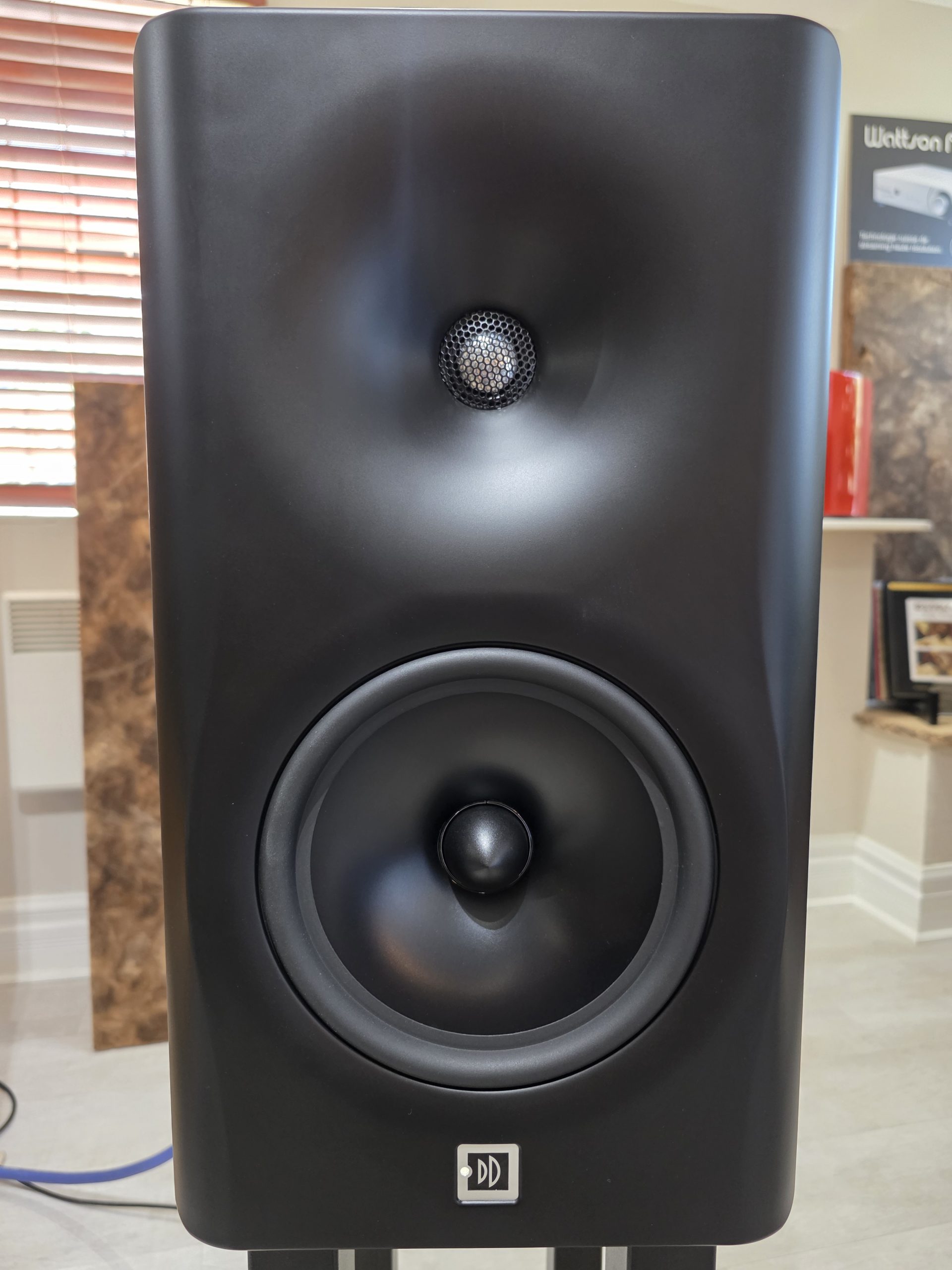
Dutch & Dutch’s active three-way 8c speaker comes in two versions: consumer and studio. Aside from the types of wood used for their cabinets, they share identical technologies, including a rear-firing cardioid midrange driver and woofers for boundary-coupled bass, and RoomMatching technology to correct for room acoustics. During my interview with Dutch & Dutch’s Head of Sales & Marketing Jannis Dossis and company co-founder and chief designer Martijn Mensink, I learned that sales of the residential and studio versions are roughly split 50/50, with Europe and the U.S. representing their largest markets.
When I expressed surprise that East Asia wasn’t one of the product’s biggest markets—given how quickly consumers there tend to embrace the latest technologies—Jannis explained: “the Asian market is harder; you have to speak the language, and there’s a completely different game plan to make things happen. Interestingly, we’ve been told that if we double the price of the 8c, the Asian market will buy it. But that’s not what we want to do. We want it to be the opposite; we wanted to be a bit disruptive, to show how much technology can bring you today at a certain price point.
“Our speakers are too cheap for the Asian market!” he said. ” So, again, it goes back to, ‘Are you collecting gear or are you enjoying your music?’ But slowly, we’re seeing an increase in sales there as well, because the 8c is perfect for a country like Japan where rooms tend to be smaller. There, you can place the 8c close to the wall because they don’t suffer the same room problems as regular speakers do. But it’s a slow game of just getting out there and making the brand grow.”

In the first part of this interview, Jannis and Martijn had revealed that a floorstander from the company was on the horizon, but there’s something headed our way much sooner: “We are releasing a smaller speaker than the 8c,” revealed Jannis. “We have a lot of customers who wanted something smaller. But it’ll also be a speaker you can marry to something very big that will take it to extreme levels——and not only by adding subwoofers or bass, but in how we can do the cardioid effect at lower frequencies.”
He concluded: “Things are coming. And they will be extreme.”
***
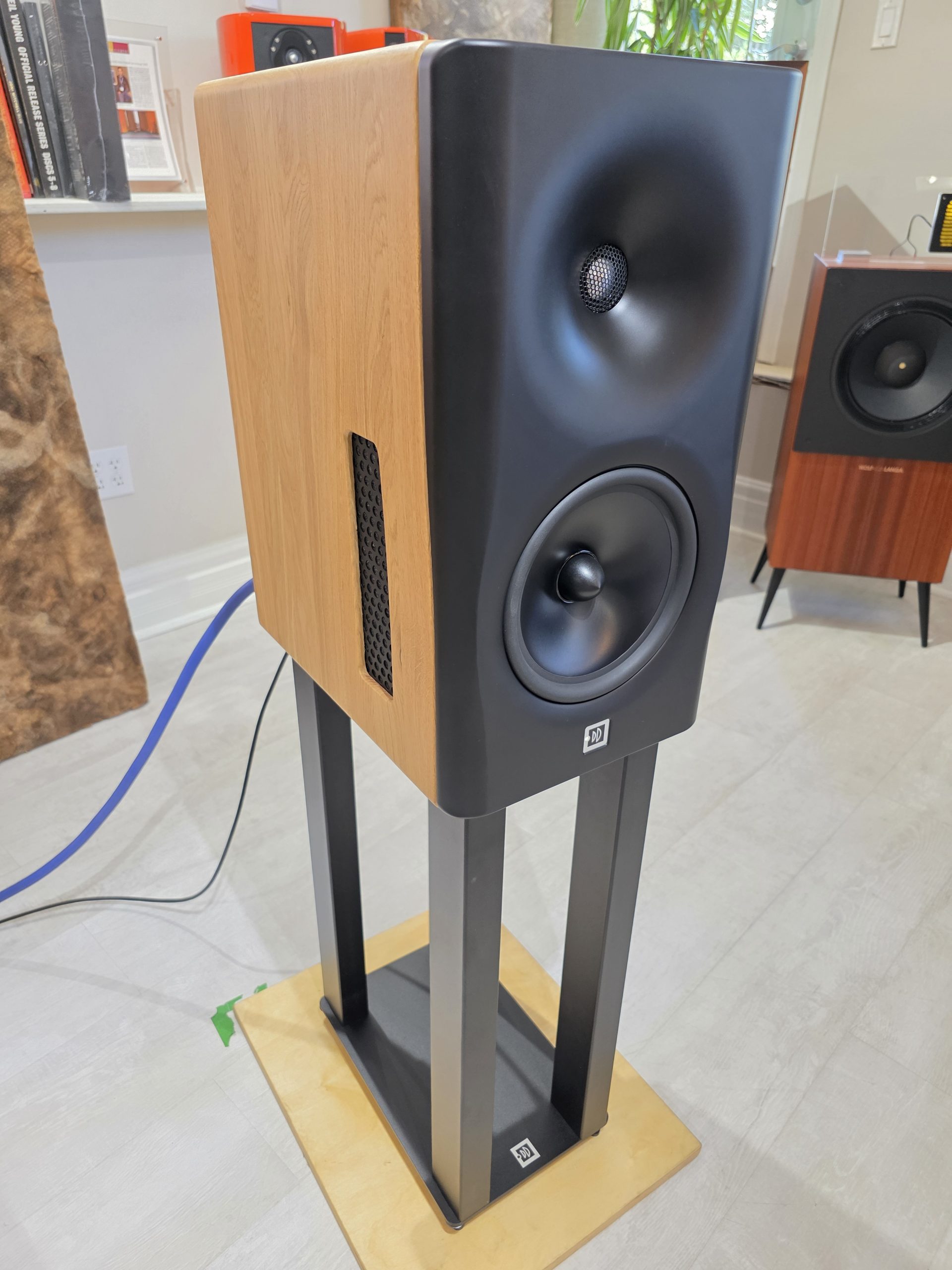
It may sound cliché if I say that photos don’t do the 8c justice, but it’s true in a couple of ways. When I first saw them at Passion Audio—one of only two exclusive sellers in Canada—they looked both more substantial and more like fine furniture, with their black baffles and natural oak panels (other finishes exist), than I expected, almost floorstander-like in their stateliness.
The 8c retails for CA$21,000/pair—and they look it. Not only that—and this was a point that hit home several times as I listened to them—that money buys a complete, self-contained, high-end-sounding system. I won’t list any associated gear because there wasn’t any (unless you count streaming service Qobuz as gear).
Out of the gate, what impressed me most about the speakers’ presentation was how solid, coherent, and natural it sounded—natural to an extent I also hadn’t expected. If you think the 8c, as an active, DSP-equipped, DAC-streaming, class-D-powered speaker, probably sounds mechanical, banish that assumption: nothing could be further from the truth. These speakers sound utterly organic—music flows from them like a film unfolding. If anything, their midrange carries a touch of warmth that lends palpability and dimensionality to images.
An additional word about their coherence: it’s fascinating to behold, with the effect being like hearing music coming out of one source rather than several components latched together. As soon as the 8c played, I heard a seamless synergy and locked-in image focus. That synergy extended to the room, which I couldn’t hear. With the 8c’s room-correction DSP, positioning the 8c is much less of a concern than with passive speakers, because they can be adjusted to virtually eliminate the room. The speaker’s frequency range sounded smooth and oh-so balanced.
Via a Qobuz-Roon streaming source, and in resolutions from 16/44 to 24/96, I listened to several tracks, including Oscar Peterson’s “We Get Requests”, recorded in 1964. It sounded tactile, palpable, and in-this-moment living. It didn’t matter that the recording wasn’t perfect; the humanity in the music—and the musicianship—shone through. Piano, drum and bass notes were carved out in space, unwaveringly anchored.
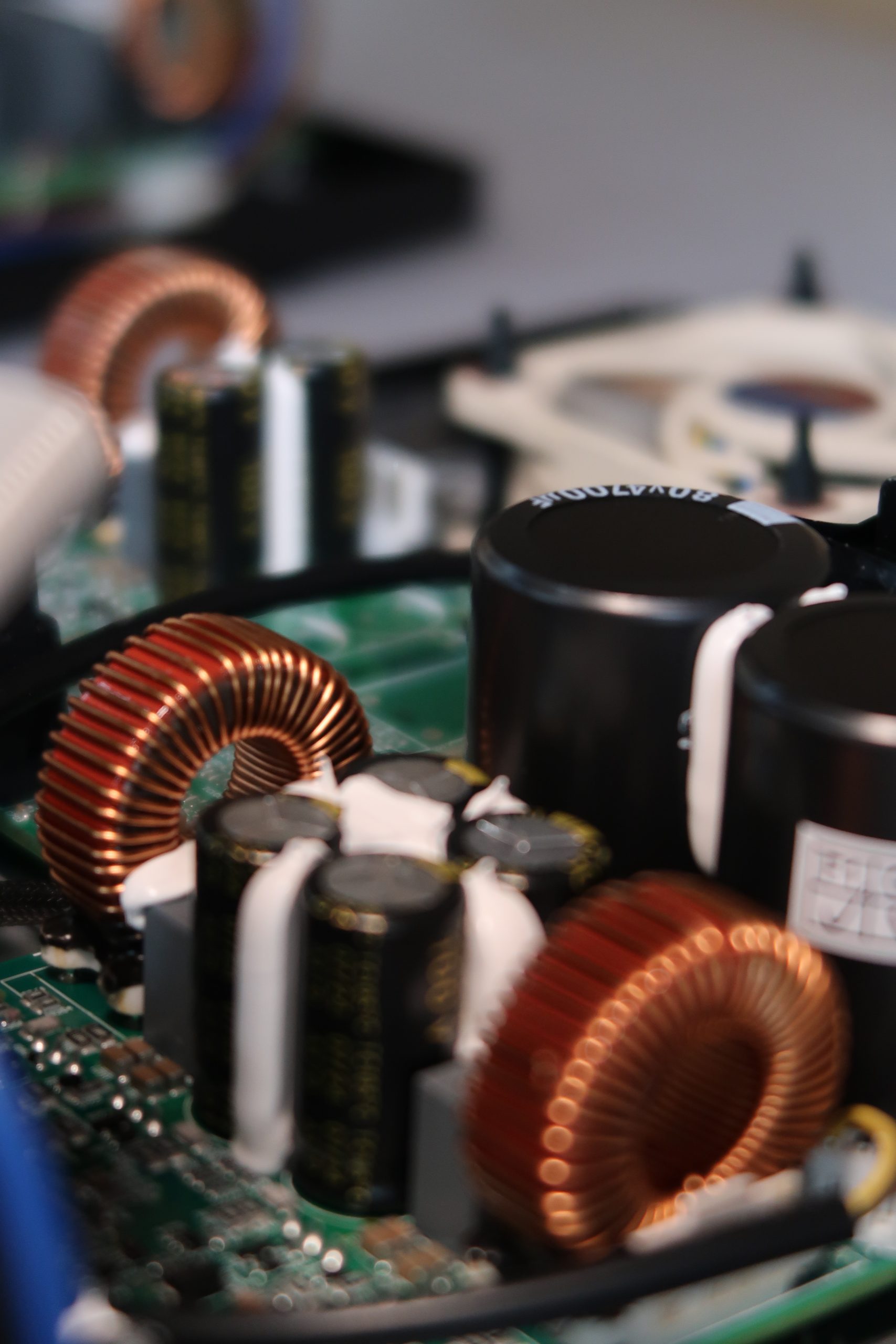
I got more of the same magic from “Nuit Blanche” by the Tarkovsky Quartet, which contains piano, violoncello, soprano saxophone, and accordion. Through the 8c system, each instrument sounded timbrally authentic, sensually textured, and breathy—I got the sense of hearing the instruments pushing air out when they played, like real ones do. The 8cs sounded so natural and un-fatiguing, it was easy to get lost in the music and forget about the hardware.
I ended my audition with Nick Cave’s “Red Right Hand,” the theme song version from Peaky Blinders. It sounded majestic, painting a huge tableau in front of me filled with vibrant detail. It’s not a great-sounding recording, but the 8c brought it to life, imbuing it with vocal presence, palpable imaging, and long harmonic trails. Again, the 8c’s coherence across the audio band stood out, along with an underlying sense of musical stability.
At the 8c’s price, I don’t know if you could do better. That’s not hyperbole—it’s the honest truth. During my audition, I kept turning to Passion Audio co-owner Martin Leblanc, who was sitting next to me, and saying, “why would anyone need more?”. And he agreed, because, as he later confided in me, the 8c was the reason he got into the audio selling business in the first place (that, and because his co-owner wife, Sabrina, urged him to follow his dream). The 8c was the first product, and Dutch & Dutch the first company, Martin wanted to represent after hearing it and being blown away. True story.
The 8c has tempted me to do away with the mix-and-matching process of our hobby—which I’ve been doing for decades—and finally settle down. And I don’t mean “settle.” They are an endgame product. Considering their sound quality and the fact they’re a complete system, I consider them a bargain.
Jannis mentioned that Dutch & Dutch aimed to be a bit disruptive to the industry with the 8c system—and it certainly has that potential. These loudspeakers are gamechangers.
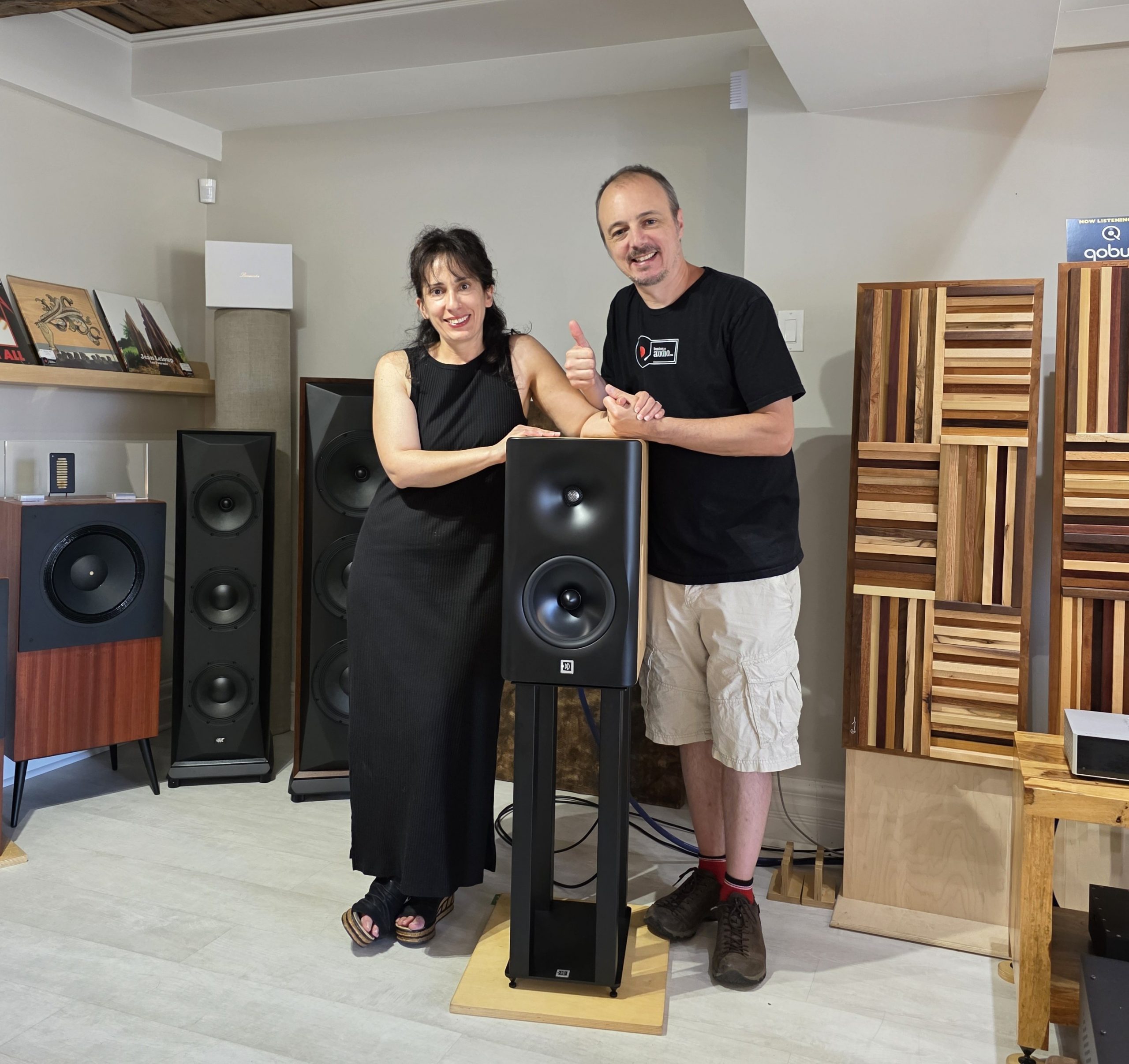
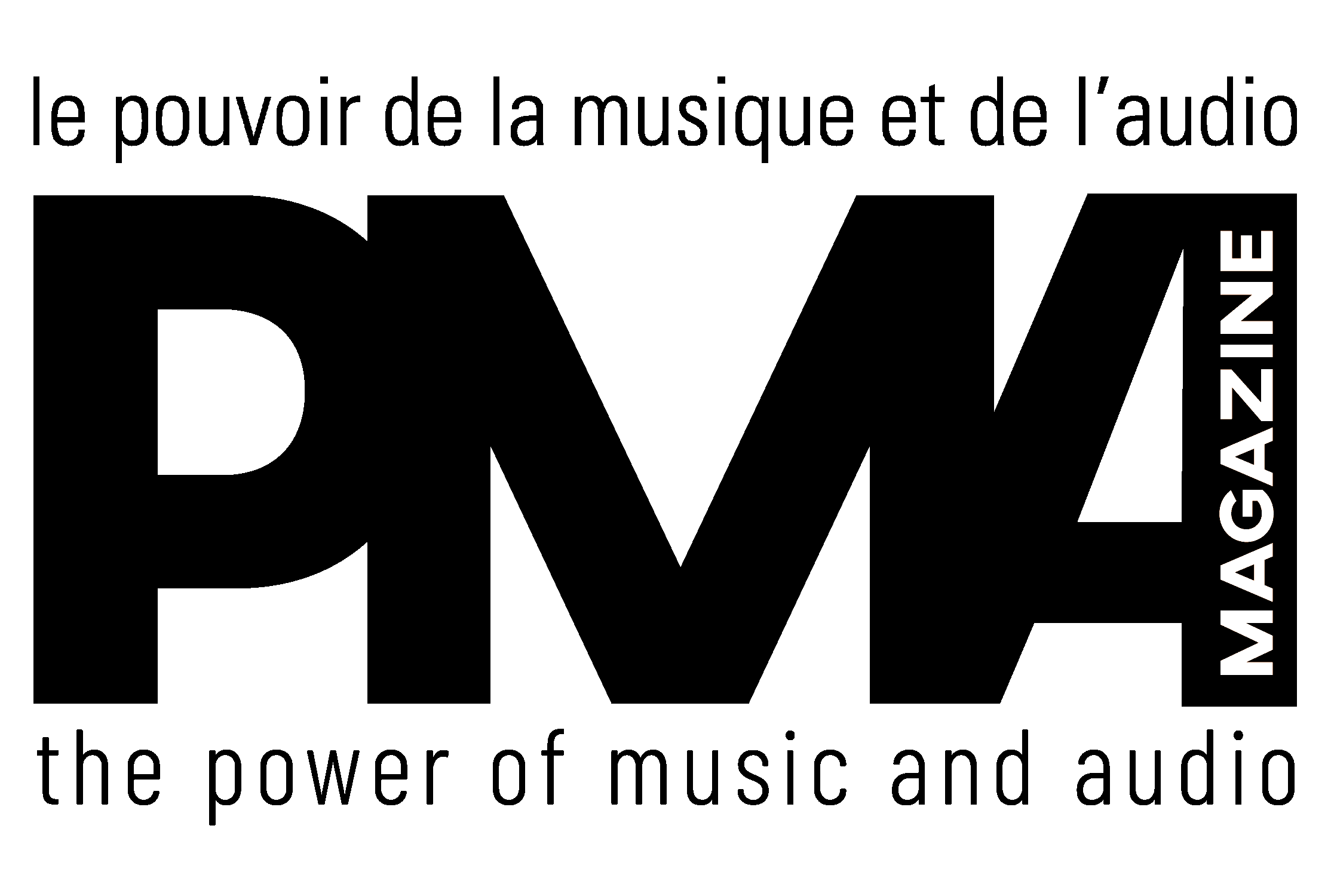

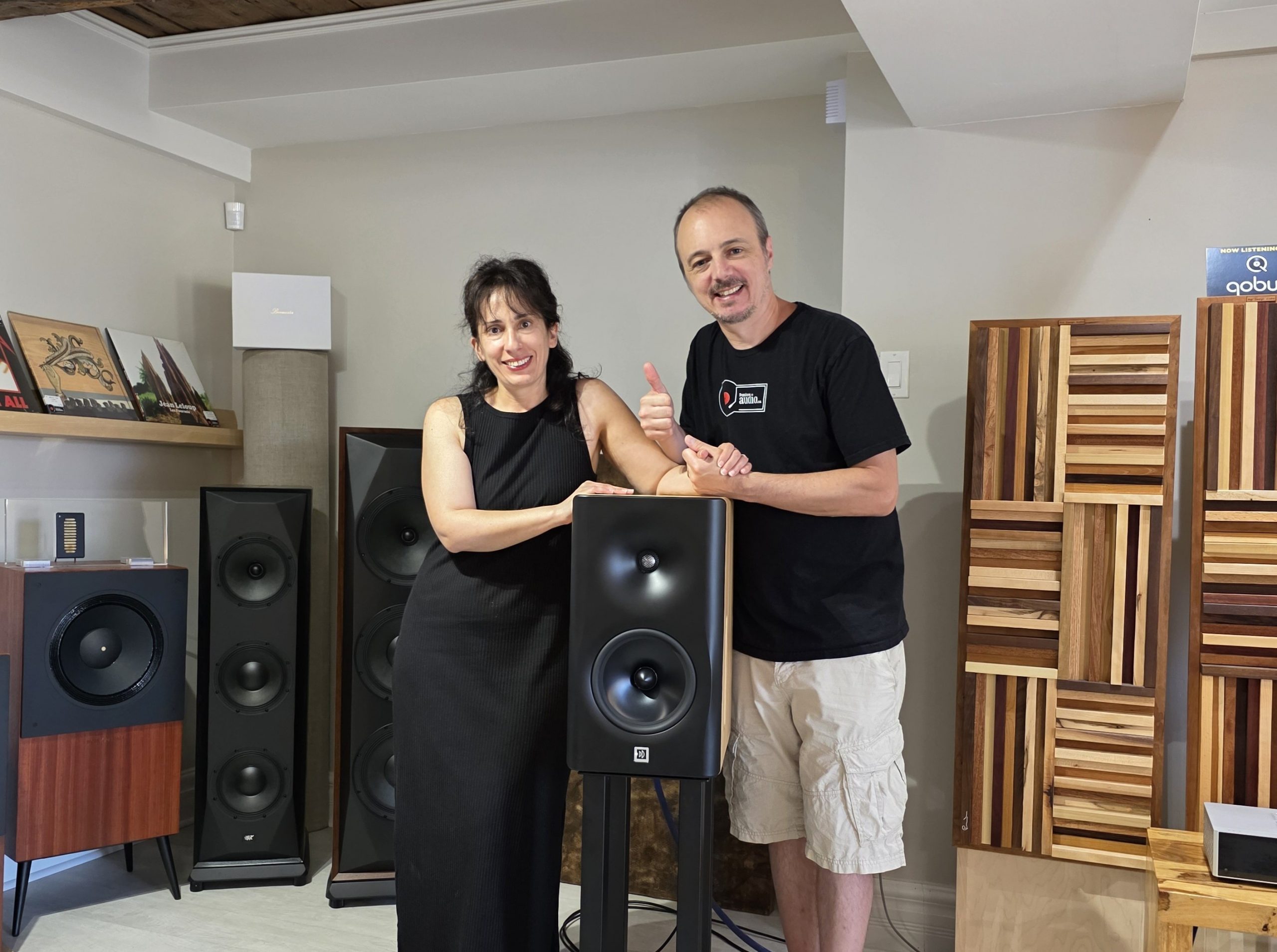



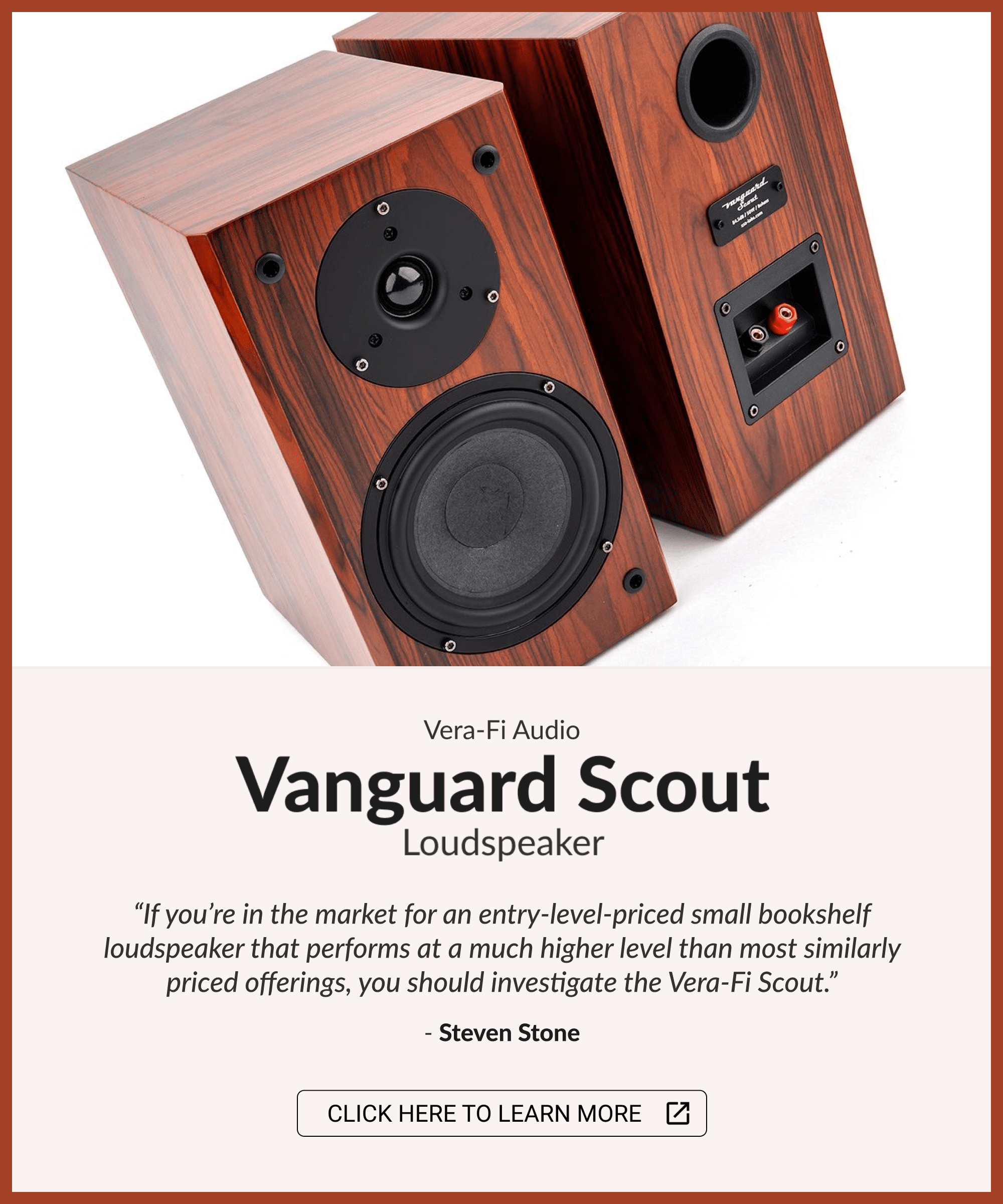









Leave a Reply